10 Common Piercing Myths That We Poke Holes In
Tyler Martina

10 Common Piercing Myths That We Poke Holes In
We all have “that friend” that claims to know everything about everything. This is especially true when it comes to piercings. They know what you can and can’t do, the quickest way to heal them, tricks that no one else knows besides them because they heard it from their second cousin's step sister's friend, who is a piercing expert.
The problem is, most if not all of this information is a myth!
That is why we put this piercings myth article together, to help you sift through what is fact and what is fiction when it comes to piercings. We have our expert piercers poking holes in the most common piercing myths and totally debunking them...
Myth #1: Piercing guns are safer than needles.

Piercing guns are not safer than needles. In fact, single use hollow tip needles are a much safer choice for a piercing than a piercing gun for many reasons. Piercing needles are single use eliminating the chance for cross contamination. Piercing guns are used on multiple people and are impossible to clean properly. Piercing needles are gentle when compared to piercing guns which use blunt force and cause major trauma to the piercing location. Needles are far more precise than a piercing gun, so the safest location is pierced. This, and many other reasons debunk the myth that piercing guns are safe, proving that they are not the best choice for a new piercing.
To learn more about Piercing Guns vs. Piercing Needles click here
Myth #2: Piercing guns are less painful than needles.

As mentioned before, piercing guns use blunt force to jam a stud through your ear. On the other hand, a single use hollow tip needle slides right through your ear like warm butter. This causes less trauma, promotes better healing, and makes your piercing far less painful. Making your new piercing as painless as possible.
Myth #3: You should twist your jewelry when cleaning.

Twisting or rotating your jewelry will irritate the tissue while healing. You can also tear the fistula (the tunnel of skin that forms around the jewelry) making you have to restart the healing process. Your hands can also introduce bacteria into the open wound causing even more problems. So just leave your new piercing alone, no twisting, actually don’t touch it at all when healing. Try not to even look at, jk.
Click here to check out the guide to see what you should do for piercing aftercare.
Myth #4: You can swim right after getting a piercing

Fully submerging your new piercing right after getting pierced is not recommended. Doing so can delay healing, introduce bacteria to the wound, and even cause an infection. It’s best to wait at least a few weeks to be safe.
Myth #5: A piercing heals in just a few weeks.

Just because a piercing feels better, doesn’t mean it is fully healed. The initial swelling and soreness may go down quickly, your piercing may even look fine, but that doesn’t mean it is ready to change out or start messing with. If you do this before it is fully healed you will delay the healing process. The best way to check is to do a piercing checkup with your piercer, that way they can let you know whether your piercing is healed or not.
Myth #6: You should clean your piercing with alcohol or hydrogen peroxide.

Gone are the days of handing out bottles of alcohol or hydrogen peroxide sprays with new piercing (at least at reputable piercing studios). These chemicals are far too strong for a healing piercing. So strong that they actually inhibit healing by killing new healthy cells, and causing irritation. Stick to a gentle sterile saline solution, and your piercing will thank you.
Click Here to get Drip Sterile Saline Spray
Myth #7: You can make your own saltwater solutions for piercing aftercare.

You should use a sterile saline solution for piercing aftercare. However, that does not mean you should make the saline solution yourself. There are a few problems with this. First, odds are you will not be able to get the salt to water ratio correct. Too much salt and you could dry out and damage the healing area. Too little, and it will be ineffective. Also, did you notice the “sterile” part in the name of sterile saline solution. This means it was made and packaged in a sterile environment so it is safe for your body. So unless you have a clean room in your kitchen and a way to sterilize liquids, pass on making your own.
Click Here to get Drip Sterile Saline Spray
Myth #8: Surgical Stainless Steel jewelry is the most hypoallergenic piercing metal.

While surgical stainless steel isn’t the worst metal to get pierced with, it is definitely not the best. That honor goes to implant grade titanium. Implant grade titanium is the most body safe, hypoallergenic metal in the world. This makes it the ideal metal to get pierced with. It will promote faster healing, cause less complications, and create an all around better piercing experience.
To learn more about body safe piercing metals click here
Myth #9: You can get any piercing with a hoop.

While it is the case that some piercings need to be pierced with a hoop, most piercings initially should be pierced with a flat back stud. Hoops cause excessive movement, which can tear the delicate healing skin on the new piercing. This friction can also cause the dreaded piercing bumps amongst other issues. That is why it is always best to consult a professional piercer to what piece of jewelry is best for your specific piercing location and anatomy.
We also create a Hoop / Stud hybrid that can be used for initial piercings in some locations. Check it out by clicking here
Myth #10: Piercing infections are common.

Although it is possible for a piercing to get infected, it is very, I repeat, very rare. People mistake redness, swelling, white and clear discharge, and more as symptoms of infection, when in fact these symptoms are a normal part of the healing process. If you get a piercing at a reputable studio, and practice proper aftercare, the risk for infection is extremely low. And, if you are ever worried you may be developing an infection, just come in for a free check up with your piercer, so they can take a look and let you know whether or not there is anything to worry about.
We hope you learned a lot from this Piercing Myths guide, hopefully now you can be the one in your group that actually knows all about piercings. Which of these piercing myths did you know about? Are there any piercing myths you have heard that didn’t make our list? Let us know in the comments below.
See you soon!



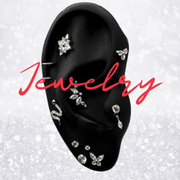
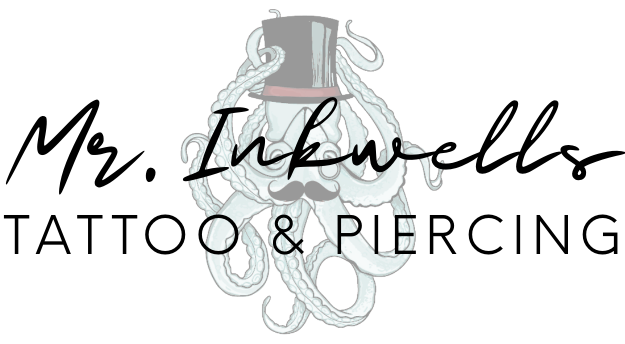
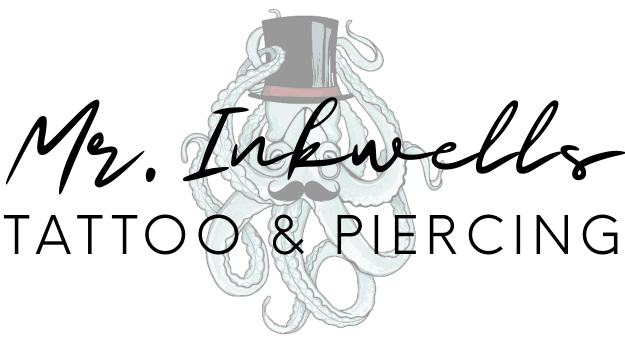

















































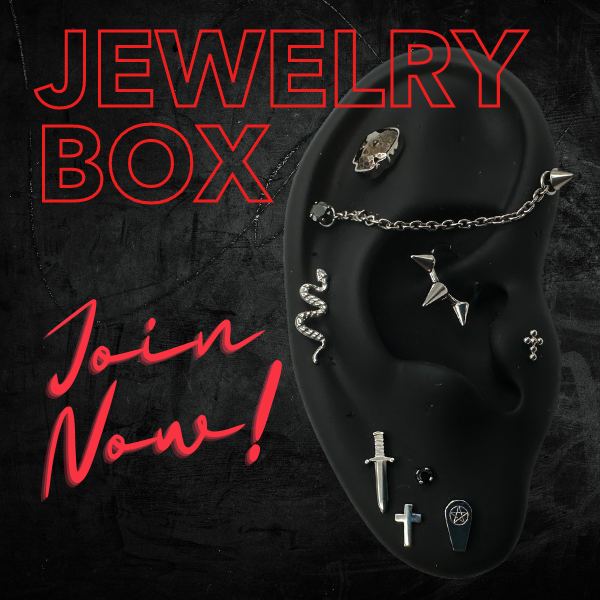

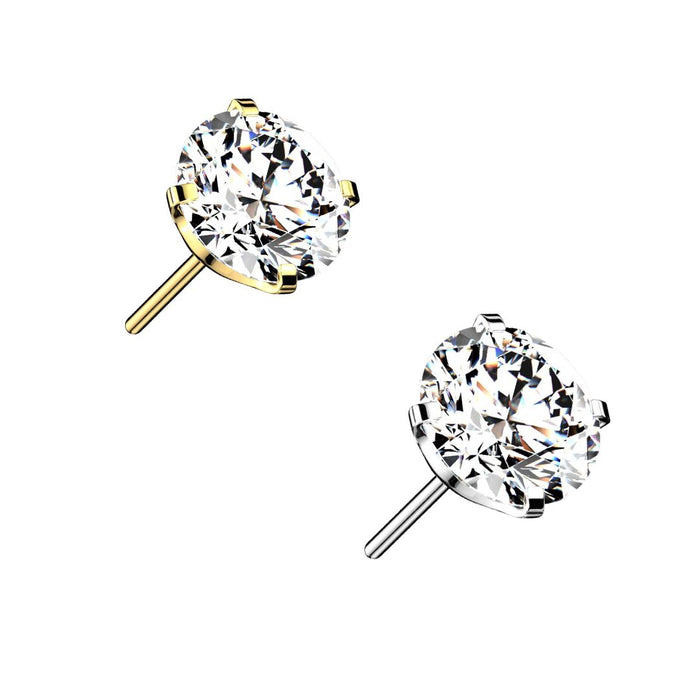
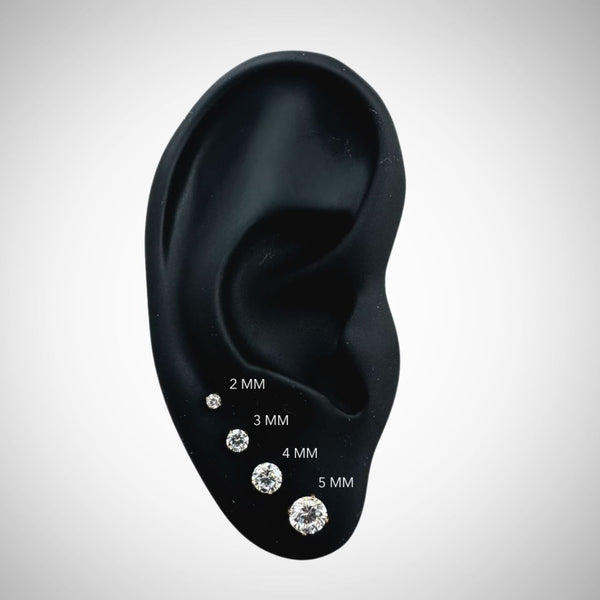
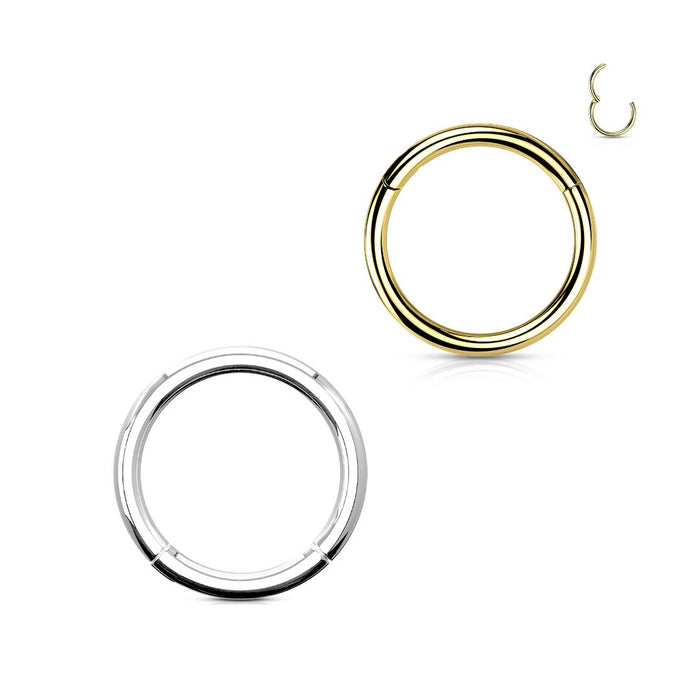
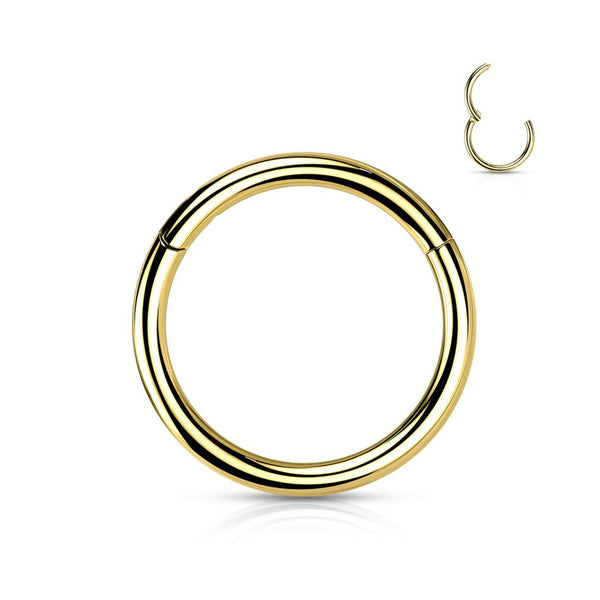
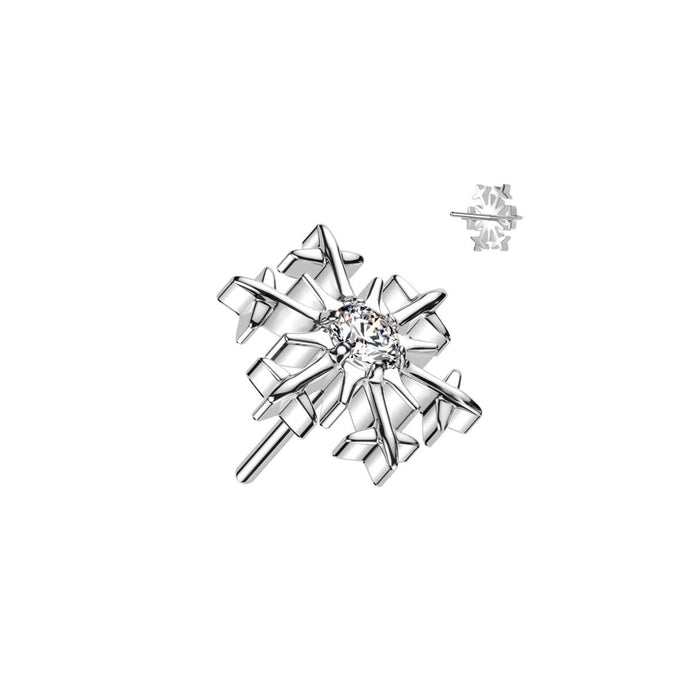

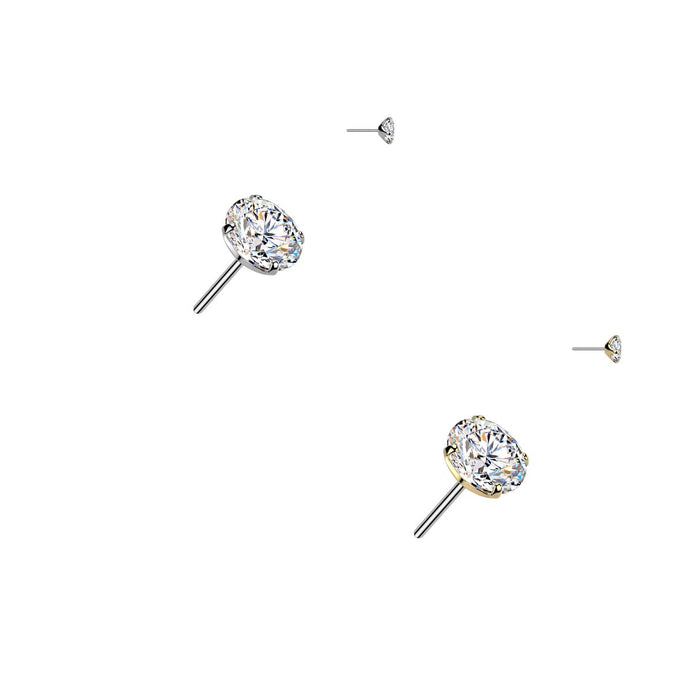
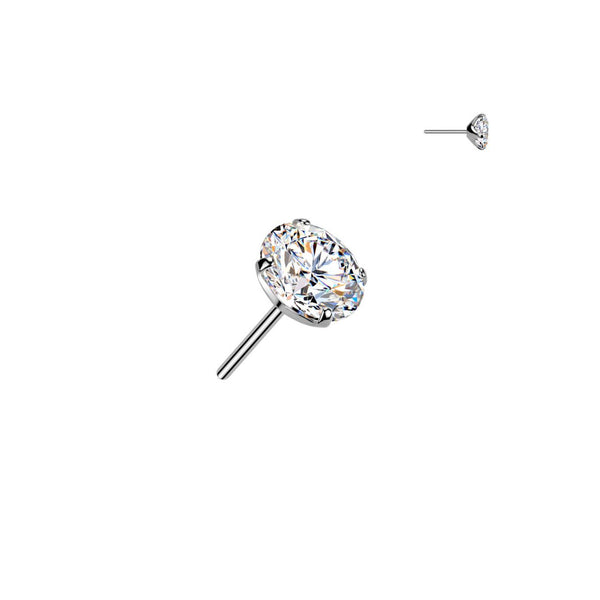
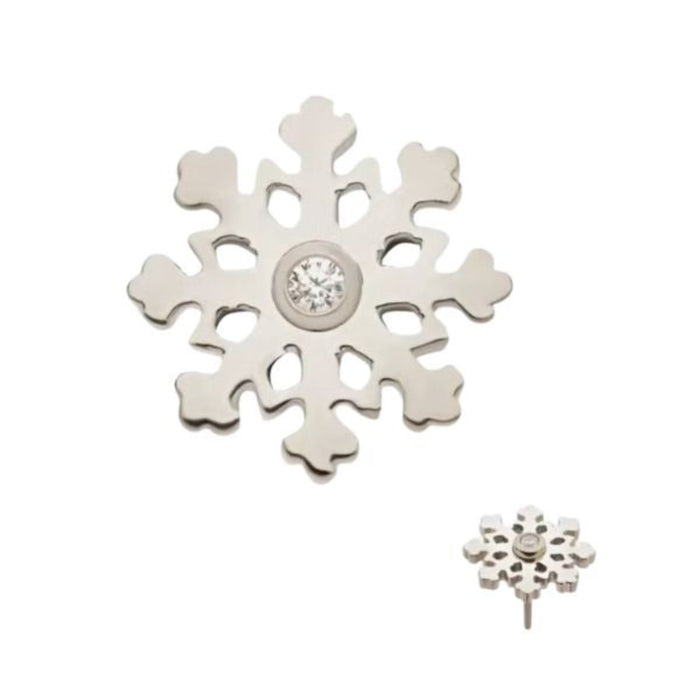

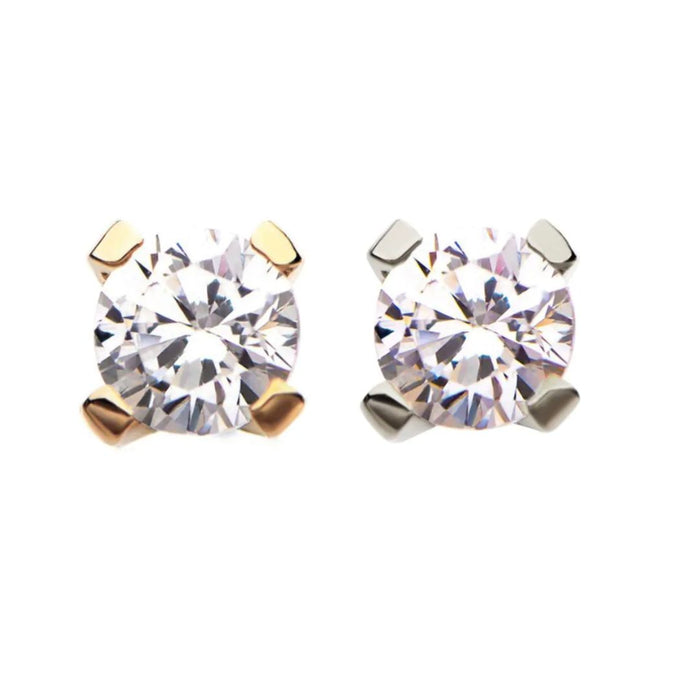
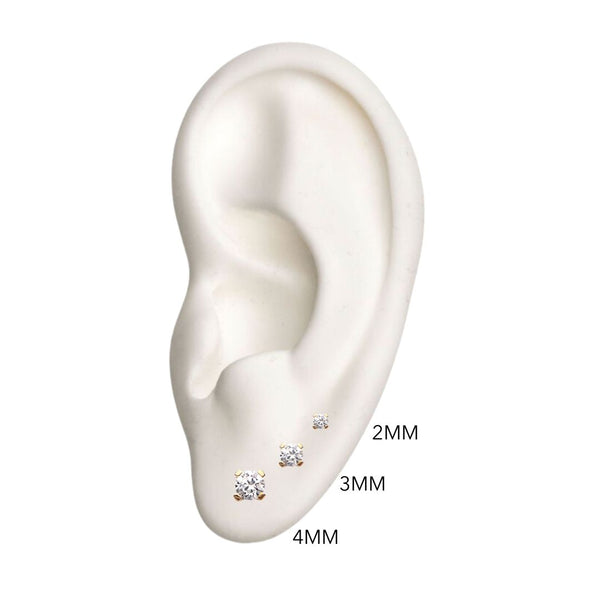
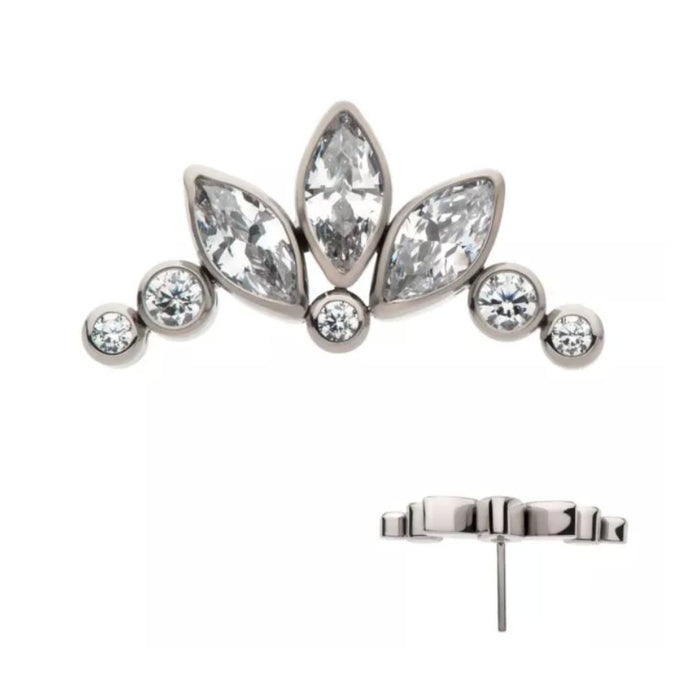

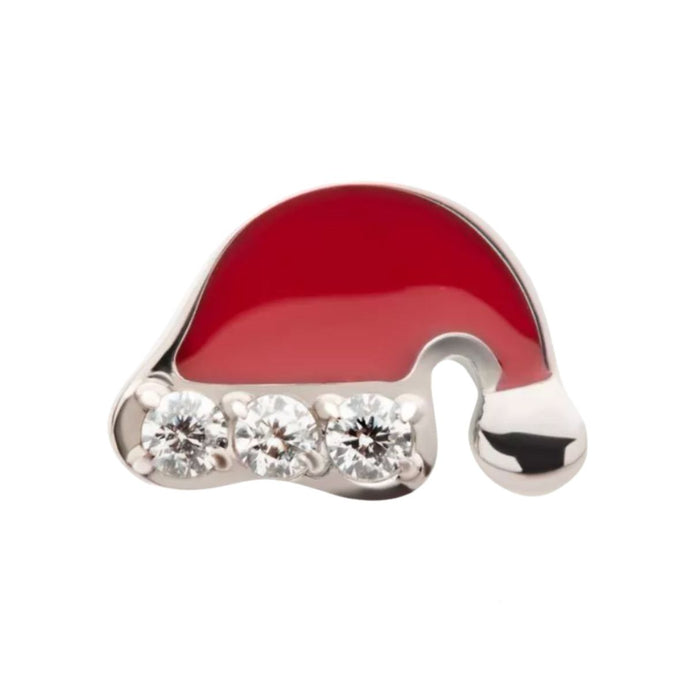

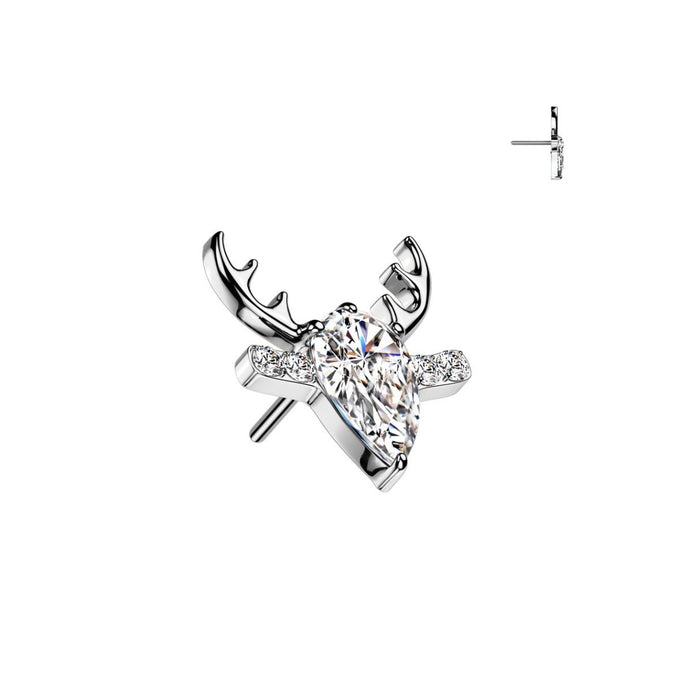

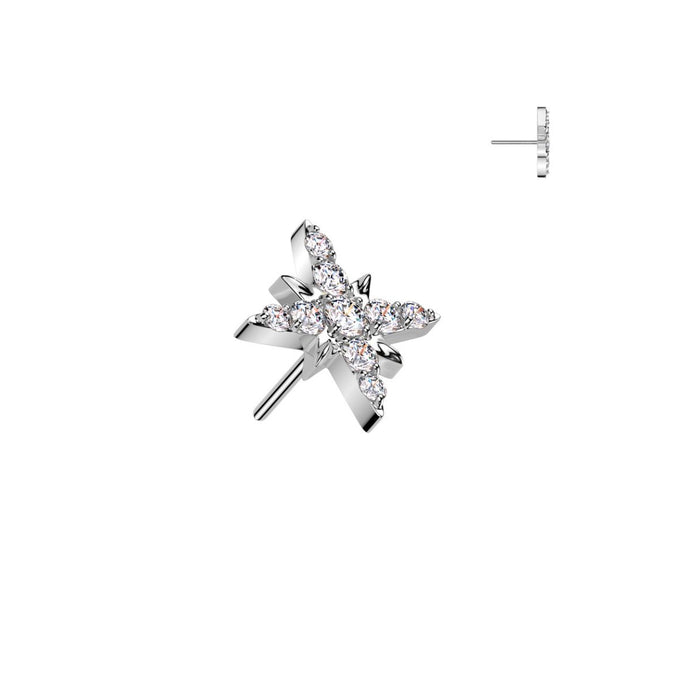
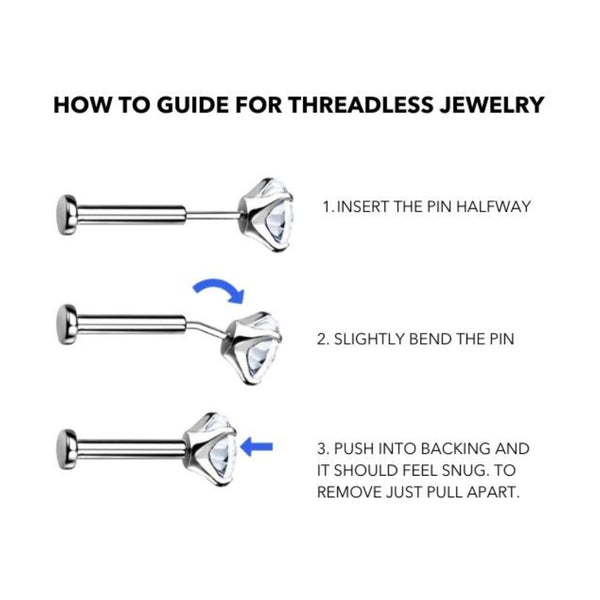


1 comment
don’t forget that “is it an irritation bump or keloid” like it’s rarely a keloid, it’s not the same thing!!